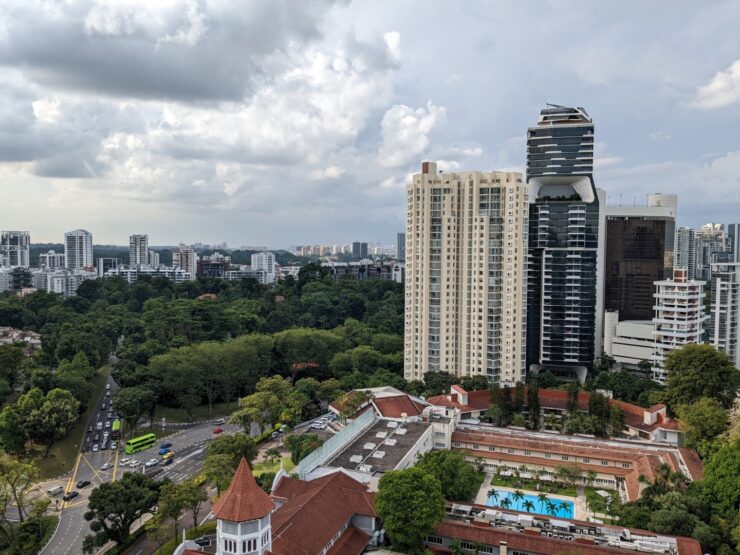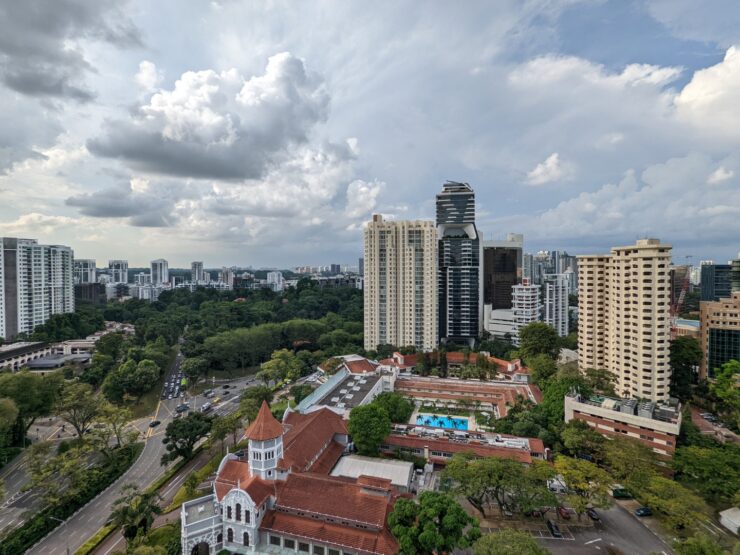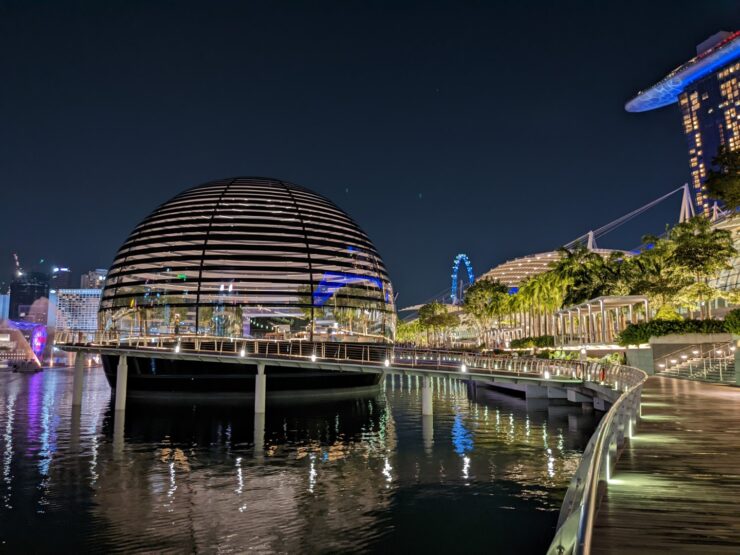Retailing at S$749, the Google Pixel 6a does not check all the boxes of a budget phone. Instead, the price difference of at least S$200 dollars compared to its flagship siblings aims to offer first-time users a taste of the Google ecosystem, or for users looking to have an above-average smartphone.
Tensor chip optimised for years to come
The Google Pixel 6 series is designed from the ground up with Pixel-centric hardware and features. Optimisations can also be easily made given the small range of products the company carries – akin to what Snapchat does with the Samsung Galaxy S22 Ultra.
5 years of priority security and feature updates ensures that our device stays at the frontline of security updates and features. Tapping on the capabilities of the Tensor chip, the Google Pixel 6a should last for years to come without much difficulties.
Camera effects are largely the same as its flagship sibling
The Pixel 6a that we received comes with a 12.2MP wide and 12MP ultrawide rear camera array. Whilst the flagship Pixel 6 comes with a 50MP wide lens, we did not notice a vast difference in the results when looking at the whole picture, which could be partly attributed to the Tensor’s advanced AI photo processing.
Moving to the front, the front-facing camera offers zoom levels at x1 up to x1.4 zoom levels. Compared to the x.7 and x1 view of view found on the Pixel 6, the most noticeable difference will come during group selfies.
Display is “good enough” for most people
Covered in a 6.1” 1080P OLED screen, the Pixel 6a produces vibrant colours with high contrasts and a PPI number of 429 – ever so slightly higher than that of the Pixel 6’s 411 PPI.
The only letdown thus far is the 60Hz refresh rate, which we thought felt sluggish when placed side by side with a 90Hz panel (or even a 75Hz panel).
Regardless, the screen deficit might go largely unnoticed – considering most potential buyers are upgrading from an older, mid-range device. The superior colour reproduction might be the larger attention-grabber anyway, coupled with the under-display fingerprint sensor.
Most cost goes to the Google Tensor chip
The Google Tensor chip is undoubtedly the main highlight of the Pixel 6 series, which unlocked many facets of machine learning and AI such as Live Caption and camera effects such as Motion Mode, Face Unblur, Speech enhancement mode, etc.
Being constrained at a relatively lower cost, it comes as no surprise that Google strives to reduce costs in areas they perceive of least impact to the Pixel Experience, which can include sacrifices to the camera MP count, reducing the RAM, Fast Wireless Charging or the 90Hz display.
The S$200 or more price difference should make this device a worthy compromise for first-time users of the Google Pixel or users who wants a lasting device.
It is worth pointing that, at the time of this writing, the Pixel 6 and 6 Pro are going on sale for S$849 and S$1,099 respectively – which may be perceived as a better entry point since it delivers the full package and provides full grounds to fairly evaluate the potential of Pixel devices.
🤓 Like what you read?
Stay updated by following us on Telegram, Facebook, Instagram or on our YouTube channel.








